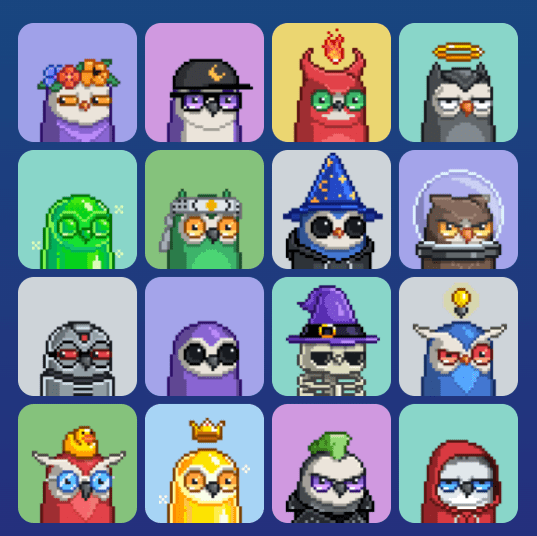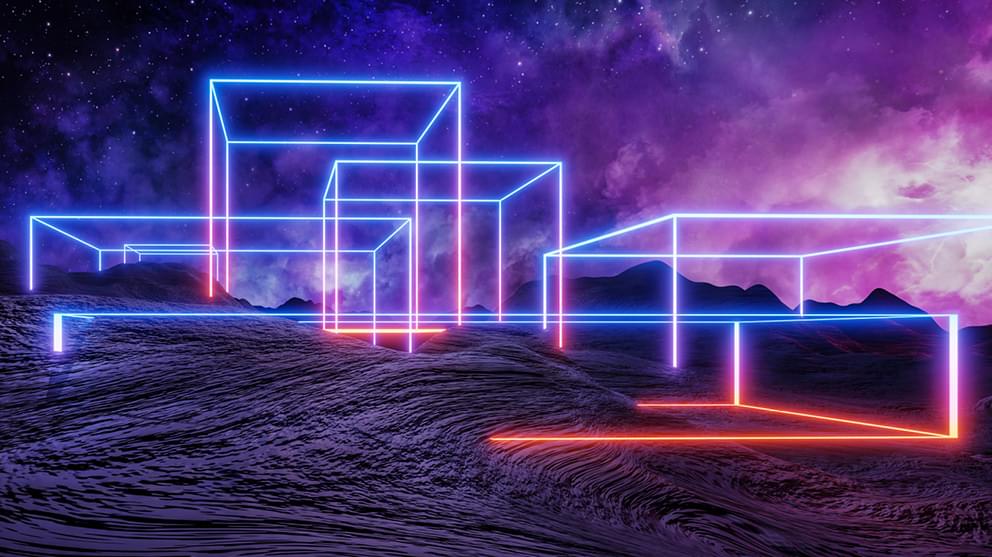In our past issues, we have frequently talked about and highlighted the (commercial) importance of NFTs serving both as title of ownership and certificate of authenticity - having created a huge market for digital content. NFTs have been sold for millions of dollars. The most prominent example is certainly an NFT of the digital artwork "Everydays: The First 5000 Days" – a JPG file – by the American digital artist Beeple which was sold by the famous auction house Christie’s for USD 69.3 million in March 2021. Virtual land (in the form of NFTs) is sold for thousands or even millions of dollars. An NFT collector spent $ 450,000 for “land” next to Snoop Dogg’s NFT “House” located in “The Sandbox” – one of the biggest and most-famous virtual land platforms. There are many more examples.
While the purchase of an NFT results "automatically" in the transfer of the token itself by means of the blockchain, the rights in the underlying digital asset (represented by and associated with the NFT) are usually governed by (license) terms. However, many of these license terms are all but clear, particularly those that have been created in the early days of the recent NFT hype. It remains often unclear if and to what extent rights in the assets represented by the NFTs are assigned or granted to the NFT holders. Obviously, this bears significant legal risks, particularly for NFT holders that might want to monetize their (assumed) intellectual property.
In the last couple of months, some of the most valuable NFT projects in the world have changed the license terms for their collections. Yuga Labs, for example, published a new license for its world famous CryptoPunks collection (cf. examples below)

Source: https://larvalabs.com/cryptopunks
in August 2022 (after having acquired CryptoPunks from Larva Labs earlier this year). It has become quite a long document (compared to many other NFT licenses) governing the parties’ rights and obligations with respect to CryptoPunk NFTs and CryptoPunk Art, the latter defined as a piece of digital art displaying one of the CryptoPunk characters (and associated with the CryptoPunk NFT through a smart contract). Its main provisions can be summarized as follows: The holder of the CryptoPunk NFT owns the NFT. Any IP in the CryptoPunk Art is owned by Yuga Labs! However, Yuga Labs grants to the NFT holder an exclusive, universe-wide, royalty-free, sublicensable license to reproduce, distribute, prepare derivative works based upon, publicly display, publicly perform, transmit, and otherwise use and exploit, his CryptoPunk Art.
By doing so, Yuga Labs hopes to “open the door to endless creativity and possibilities for Punks” as it writes on Twitter. Obviously, the grant of an exclusive license in the CryptoPunk Art (including the right to bring infringement lawsuits) together with the right to license their rights to third parties and register a trademark based upon the actual use of their characters shall “incentivize” the commercial exploitation of the CryptoPunk NFTs and Art from which both, the individual NFT holder and Yuga Labs (as the actual owner of CryptoPunk Art), are likely to benefit in the long run.
And, in fact, it is a huge step. Comparable to The Walt Disney Company licensing all of its cartoon characters in NFTs and allowing each of the particular NFT owners to commercialize their individual character including making derivative works of them. Hard to imagine. But that is basically what Yuga Labs did with its CryptoPunks.
Although, Yuga Labs’ new CryptoPunks license is sometimes referred to as the new “Gold Standard” among the NFT licenses, different approaches may be suitable for different scenarios. For instance, the “Can’t Be Evil NFT Licenses” has created some waves in the NFT sphere, as it attempts to provide different sets of free, public licenses that are also specifically drafted for NFTs. The scope covered by these different licenses could be described as ranging from full exclusive commercial rights for NFT holders on the one end of the spectrum to essentially placing the art work in the public domain on the other. With popular NFTs often changing hands for hundreds if not thousands of USD, it is the latter approach that merits some further thoughts.
NFTs and public domain
In recent months we have noticed an interesting trend. More and more NFT projects are placing their works in the public domain by applying open source licenses, particularly the Creative Commons (CC0) license, to their works. The latest prominent example was Moonbirds, a collection of 10,000 utility-enabled PFPs (“Profile Pictures”) granting private club membership and additional benefits.

Source: moonbirds.xyz
Others recent examples are Following Nouns, Goblintown and Deca.
The CC0 license
The CC0 (CC Zero) allows creators to give up their copyright and put their works into the worldwide public domain. It allows everyone to distribute, remix, adapt, and build upon the material in any medium or format, with no conditions.
In other words: “No rights reserved”.
Why giving up copyright protection?
If NFTs can be so valuable, why are NFT creators doing this? Well, hard to say and it will certainly depend on the individual project. Generally, copyright is designed to help creators monetize their work by giving them the exclusive right to sell their intellectual property and seek legal action if others infringe their copyrights, cf. the CryptoPunks example in the introduction.
However, it is well arguable if an NFT can be protected by copyright at all. Basically, the NFT holder has nothing more than a unique hash on the blockchain with a transactional record and a hyperlink leading to the file of, for example, the work of digital art underlying the NFT. Ownership of an NFT – and that is a widespread misunderstanding – does not automatically lead to ownership of the IP in the work “represented” by the NFT. Just take the CryptoPunks example given above where Yuga Labs is and remains the owner of the IP in the CryptoPunk Art (granting the NFT holder “only” an exclusive license to the CryptoPunk Art associated with his NFT). To some extent, this situation is comparable to physical art objects. By way of example, buying the physical piece of art does not automatically include the rights to reproduce the art for commercial purposes. In the digital space, of course, the NFT adds a layer of complexity (as we now have potential questions of ownership related to the token itself, the digital file associated with the NFT as well as the underlying IP rights).
In the case of Moonbirds and other NFT collections such as Yuga Lab’s Bored Apes Yacht Club it is also questionable if the underlying (digital) works can be protected by copyright law, particularly if they are created by artificial intelligence (AI) (read more here).
Considering all these uncertainties when it comes to copyright protection of NFT collections, some NFT projects might feel a need or at least more comfortable releasing their NFTs to the public domain by using open source licenses such as CC0 for their “works”. Or, as Kevin Rose, founder of the Moonbirds project wrote in a Twitter-Tweed: “We believe this honors and respects the values of the internet and web3 and starts a new and important phase of the project” – which might be a (more) honorable reason.
Something that stood out in the Moonbirds example was that the change in the license was done months after the project had been launched. The question of whether / under which circumstances projects are entitled to subsequently go down the CC0 route has been fiercely discussed online. This may raise issues given that online users may have had different expectations when considering to initially purchase and mint the NFTs in the first place (e.g. to sub-license the work).
But that is not to say that placing the work in the public domain is necessarily a bad thing for NFT holders. When it comes to the commercial value of the NFTs within a collection (often discussed in the light of their "floor price"), there is a debate to be had whether projects with a CC0 license in the long run may outperform those with commercial licenses. This might be the case, in particular, where the art is eventually ingrained in pop culture through derivate works, memes etc. increasing awareness and – so the theory goes – demand for the original collection. Projects such as CrypToadz and Nouns are certainly examples of successful projects that arguably benefited from being in the public domain. All of this means that when it comes to licenses in the NFT space there are no "one-size-fits-all" solutions. It is important to find the license that is right for the particular project in question.







